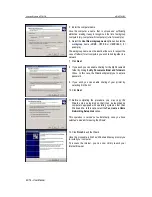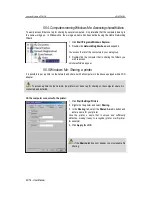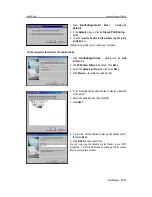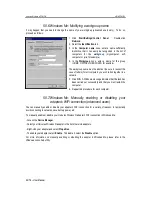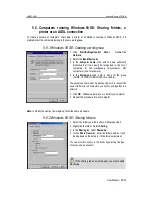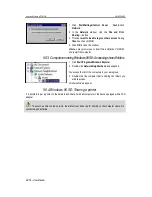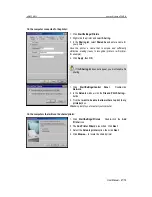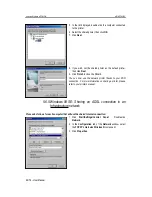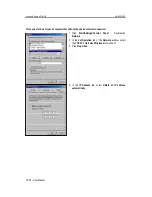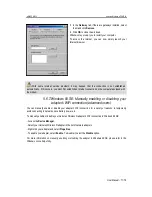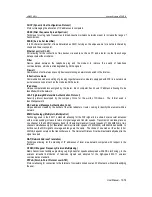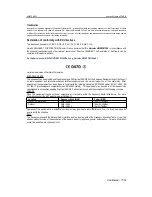
Hercules Wireless N PCMCIA
HWNPCM-300
74/79 – User Manual
PPPoE (Point-to-Point Protocol over Ethernet)
Protocol allowing for connection to the Internet of computers linked over an Ethernet network via a high-speed
modem.
Static IP
Permanent IP address assigned to a computer by the access supplier.
Subnet mask
Part of an IP address indicating the class of the network used (class C, type 255.255.255.0 for a local area
network).
TKIP (Temporal Key Integrity Protocol)
The WPA standard uses the TKIP protocol, which consists of regenerating new keys for each data packet,
whereas WEP uses a system based on a fixed key.
UPnP (Universal Plug n’ Play)
Protocol allowing for the connection to one another of many computers and peripherals available on a
network.
WEP (Wired Equivalent Privacy)
Security protocol for wireless networks using encryption based on a 64-bit, 128-bit or 256-bit fixed key used
only once, at the start of the decryption phase. To decode a transmission, each wireless network client must
use the same 64, 128 or 256-bit key. WEP is part of the 802.11 standard with a view to ensuring
authentication (access is only authorized for those who know the WEP key) and confidentiality (encryption).
An encryption key is composed of numbers 0 to 9 and letters A to F (example: A123BCD45E).
WiFi (Wireless Fidelity)
An abbreviation of Wireless Fidelity, WiFi is the commercial name adopted by the WECA (Wireless Ethernet
Compatibility Alliance), an organization responsible for maintaining the interoperability of equipment in a
wireless local area network (WLAN) compliant with the IEEE 802.11 standard. Thus, a WiFi network is
actually a 802.11 network. In practice, WiFi allows for the connection of laptop computers, desktop computers
or Personal Digital Assistants (PDAs) many tens of meters distant from one another via an access point,
allowing them to communicate with one another without any cables and exchange data at high speeds.
WiFi Manager
Utility developed by Hercules to configure and view settings for the Hercules Modem Router.
WiFi Router
Device installed at the heart of a WiFi network, allowing for the connection of several computers equipped with
WiFi adapters for the exchange of data.
WiFi Station N
Utility developed by Hercules to define, verify and configure all connection and security settings regarding your
WiFi installation.
WLAN (Wireless Local Area Network)
Wireless local area network, generally employing the 802.11b, g or n standards.
WMM (Wi-Fi Multimedia)
Function certified by the Wi-Fi Alliance, which aims to define the levels of priority according to available
bandwidth. Thus, Voice over IP (Priority 1) will take precedence over the transmission of video data
(Priority 2), which will itself take precedence over applications using the network, such as Internet browsing
(Priority 3). Last in terms of priority are background task applications, such as printing jobs or downloads
(Priority 4).
Workgroup
Group of computers with which you wish to communicate or share resources such as folders, a printer or an
Internet connection. To be part of a workgroup, computers must have the same group name.

